Recovery from Sports Related Concussion
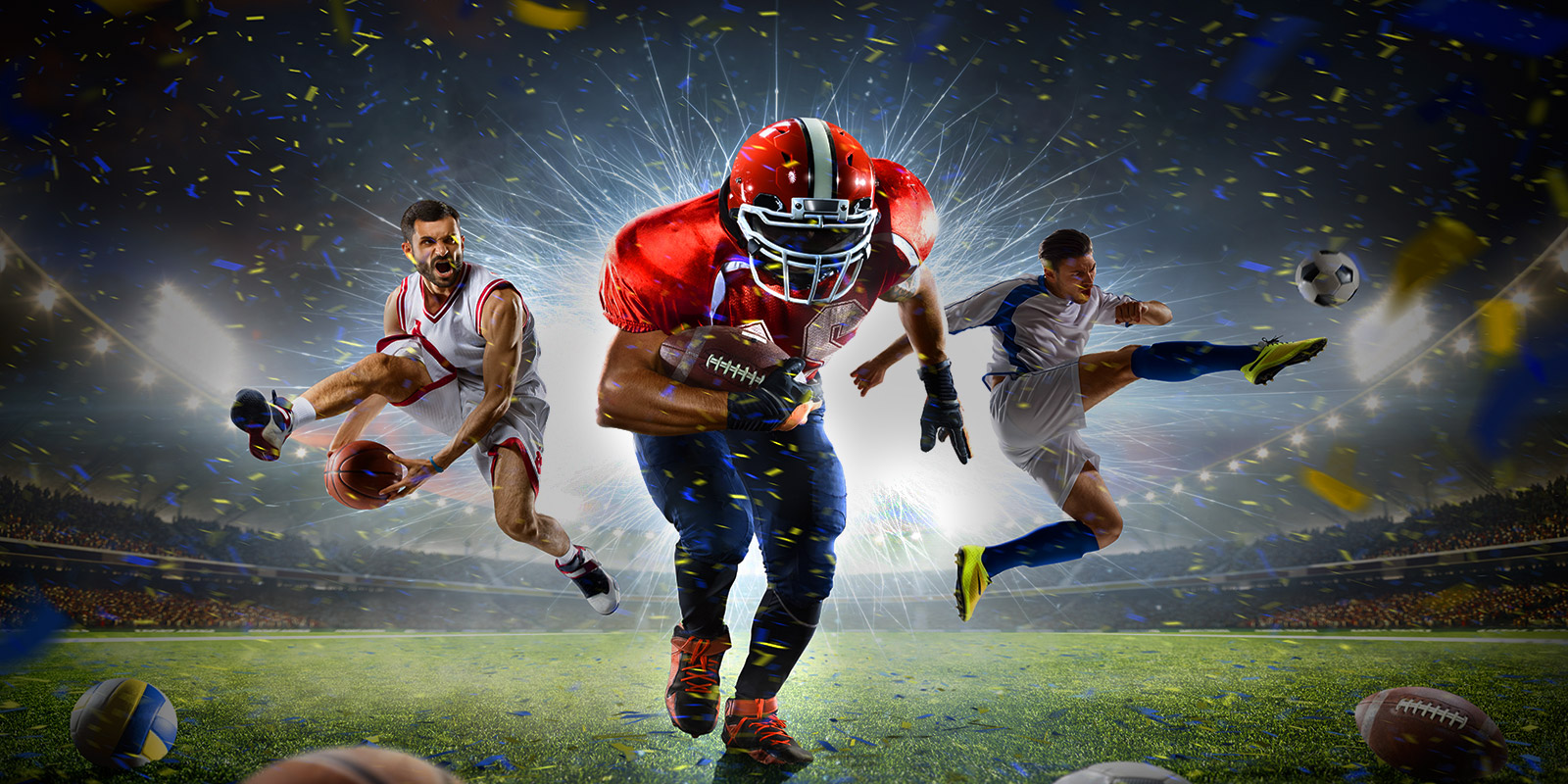
The issue of Sports Related Concussion (SRC) is one that has challenged experts across the globe for many years. One of the biggest tasks in dealing with brain injuries is that it can be very difficult to assess the extent of the problem. When an athlete is suffering from something as straight forward as a back or leg injury, the physical evidence in terms of damage and impairment is clear and as a result it is easier to pinpoint the exact nature of the problem. Unfortunately, dealing with an SRC is much more complicated. Even diagnosing the problem when it occurs is difficult as it is not always clear how severe the problem may be. As a result of this uncertainty, one of the key concerns has been deciding on how long an athlete needs to recover before they can return to action.
Cocooning is not the answer
In the past, perhaps athletes were allowed, or even encouraged, to return to the pitch when it was obvious they had suffered a concussion. As a consequence of the potential danger of such actions, the pendulum then shifted to an approach that errs on the side of caution and lengthy lay-offs were seen as the way to deal with any potential problems. This cautious approach is known as ‘cocooning’ and is described by Danny Thomas MD in Don’t Cocoon Concussion
In absence of evidence, fear of re-injury during recovery has motivated parents and providers to advocate prolonged strict rest after concussion. Some even recommend “cocoon therapy,” which restricts patients to several days in a darkened room before slowly returning to activity
Gentle return to action is recommended
However, a recent report compiled by a number of leading experts suggests that instead of imposing rest until all symptoms have gone, athletes should begin their return to activity within a day or two of sustaining the injury.
This conclusion is the outcome of the Consensus statement on concussion in sport from the fifth international conference on concussion in sport held in Berlin, October 2016. The authors set out to
build on the principles outlined in the previous statements and to develop further conceptual understanding of sport-related concussion (SRC) using an expert consensus-based approach. This document is developed for physicians and healthcare providers who are involved in athlete care, whether at a recreational, elite or professional level
The aim was to not only guide clinical practice but to help form the agenda for future research into SRC. The detailed report, that is summarized by Gretchen Reynolds in New Advice to Move More After a Concussion, sees one of the co-authors, Dr. John Leddy, a professor of orthopedics at the Jacobs School of Medicine and Biomedical Sciences at the University at Buffalo, state the brain benefits from movement and exercise, including after a concussion. He points out that becoming physically active does not mean an immediate return to competition or training, but is about carefully starting out on the road to recovery where the athlete does not try to do too much.
Finding the sweet spot
An example of this could be asking the athlete to walk for 15 minutes and if they suffer symptoms such as a headache, they might be asked to walk for ten or 12 minutes the next day instead. If they can manage this without incident, then it can be built up gradually from that point. According to Dr Leddy the aim is to find the affected athlete’s “sweet spot,” of enough activity to stimulate brain recovery without exacerbating symptoms. He adds that a slight headache may not be something to worry about as it could indicate that the brain is in recovery mode. These findings are backed up by the views of Dr Danny Thomas, an assistant professor of pediatric emergency medicine at Children’s Hospital of Wisconsin in Milwaukee, as outlined in Cocooning’ child after a concussion isn’t recommended which argues that
Most children who suffer concussions don’t need strict, prolonged rest to fully recover, according to a report that suggests extra down time beyond the typical standard of care may lead patients to focus more intently on their symptoms
The researchers discovered that that five days of strict rest, including staying home from school, didn’t improve balance or mental function compared with the usual 24 hours to 48 hours at home and a slow return to activity, while those assigned to longer periods of rest reported more symptoms and slower recoveries.
Telling them to rest for five days didn’t help them get better faster and it actually increased their symptom reporting. I don’t think it made their injury worse, it just made them more focused on it
Therefore it is similar to when an athlete is recovering from a muscle injury in that they have to return slowly to an exercise program that will assist their comeback, rather than waiting until all the symptoms of the injury have gone. Kevin M. Kelly, a neurologist and director of concussion services in Allegheny (Pennsylvania) General Hospital’s department of neurology, sums up the approach when he states:
The lesson to be learned in the study is the potential pitfall in being overly prescriptive that one type of protocol fits all
while he also recommended
individualized treatment and relative brain rest
for most children.
References
Consensus statement on concussion in sport—the 5th international conference on concussion in sport held in Berlin, October 2016
Don’t Cocoon Concussion By Danny Thomas
New advice to move more after a concussion by Gretchen Reynolds
‘Cocooning’ child after a concussion isn’t recommended
About Metrifit
Metrifit is an athlete monitoring system that gathers subjective and objective information from both coaches and athletes in a simple but effective manner with intelligent visualization helping coaches and athletes to act on that data. Why not have a look at our Ready to Perform product and gain insight on the physical and mental state of your athletes through our daily wellbeing questionnaire? To find out more visit our Metrifit Product Overview page or get in touch for a free demo. You can also register for our next webinar as we talk to coaches about all things athlete monitoring.







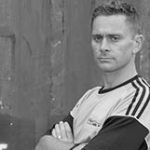


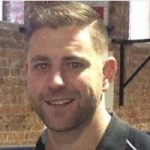


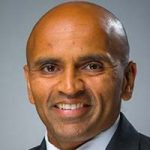
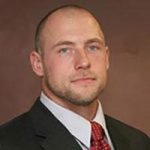

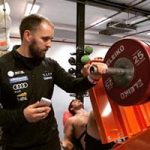
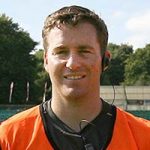




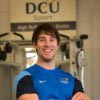
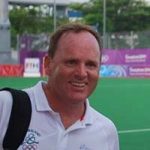

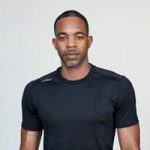
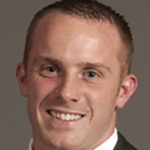

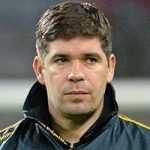
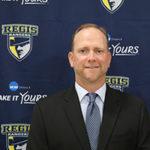


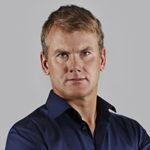

 Previous Post
Previous Post Next Post
Next Post





